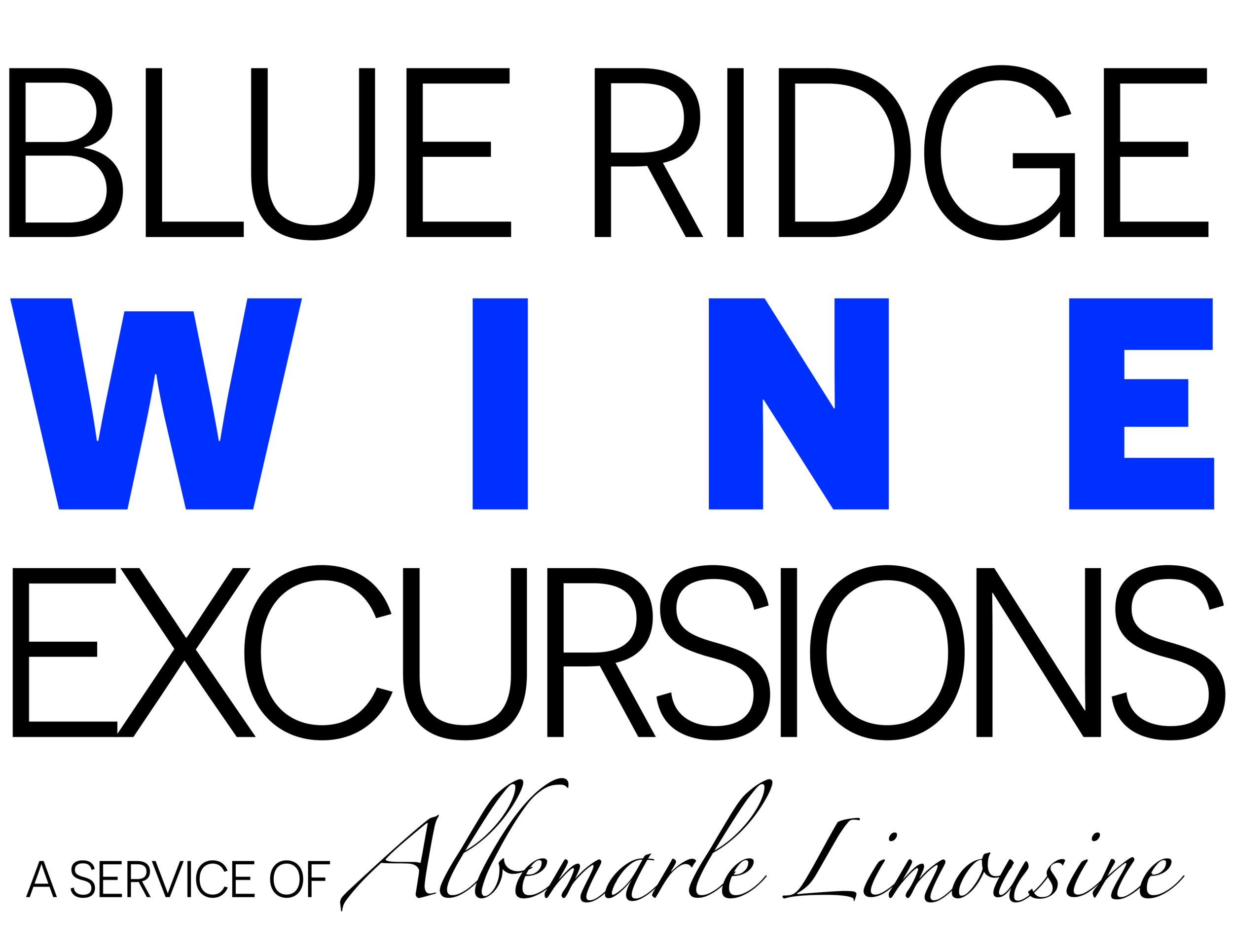Stinson Vineyards
A FAMILY AFFAIR
Drawn to the property primarily because of interest in the residence, the Stinsons came into being vintners accidentally. Scott Stinson, an architect from Northern Virginia/D.C., focused much of his work on historic architecture and restoration. With a personal preference for historic homes and his wife Martha’s desire to locate in Albemarle County, they spent four years scouring the area for the perfect restoration-worthy house. In 2009, they found and purchased the Piedmont House located at the base of Sugar Hollow in the tiny town of White Hall, which is nestled in the foothills of the Blue Ridge Mountains.
Built in 1796, with an addition in 1850, the house looks much as it did to General Thomas “Stonewall” Jackson and his six thousand troops when, according to local lore, they slept in a nearby field during the Valley Campaign of 1862. Fate intervened shortly after Scott and Martha moved into the historic old house when they noticed a vineyard in those same fields where General Jackson’s army probably camped. They began to ponder the possibilities. Originally, there were no plans to start a winery before purchasing the property, but looking out over those vineyards they began to think, “Well, why not?” Scott and Martha’s romantic notions of having an interesting family business took shape. The family’s combination of talents and interests proved well suited for creating such a family business in the form of a boutique winery. Scott and Martha enlisted the help of their two talented daughters, Rachel and Rebecca. Rachel had been living in New York for five years as a professional photographer. When approached with the idea, Rachel thought long and hard about leaving her close-knit community and cosmopolitan life. In the end, she decided that it was best to work towards growing a family business rather than building one for someone else, so she moved here in December of 2009 to begin her role as winemaker. As an artist, the project held real appeal.
Other food-related passions, particularly the burgeoning locavore movement, offered additional incentive. Now as a result of her vision, you can purchase quality local meats from Stinson in addition to wine.The second daughter, Rebecca, also had a strong interest in growing food and cooking, so naturally she followed her sister into the family business a year later. Rebecca manages the tasting room at the winery, and the family benefits greatly from her efforts. The hard work and enthusiasm that she brings to the family business is apparent throughout the year as Rebecca plans and hosts the many fun events at Stinson Vineyards.
Martha Stinson is an avid gardener. You could say she is a born expert. Her flowers beautify the grounds around the historic house as well as the tasting room and her expertise with growing tomatoes and other vegetables made for a nice transition to tending vines. It is not surprising to see how she contributes to the family business. She is devoted to the vineyards and finds her duties expanding as her experience, the vines, and their acreage grow.
Lucky visitors might even get the opportunity to meet the gentle, soft-spoken matriarch and purchase her beautiful produce when in season.Naturally, Scott’s career in architecture was a real benefit in creating an appealing look for their facilities. Playing on the vins du garages movement out of Bordeaux, France, Scott redesigned the existing garage to create a contemporary, stylish tasting room and winery building. It is quite an intimate and welcoming space.
Similarly, Rachel’s artistic training gave vision to the distinct graphics used on their labels, signs and other materials. While the look is modern, the winemaking techniques used at Stinson are very traditional and the results impressive. Rather than going the custom crush route like many start-up wineries, the Stinsons bought state-of-the-art-equipment right at the beginning. This father-daughter wine team knew that to become experts in any field requires consultation and interaction with other experts. To that end, they asked Mathieu Finot, the well-known head winemaker for King Family Vineyards, to assist Rachel in her process of learning to make quality Virginia wines. Matthieu’s traditional French background influenced the style of wines made at Stinson, as seen in the winery and vineyard operations generally, right down to the decision to use all-French tanks and barrels. Virginia wine making is a family enterprise in more ways than one. It is common to see local winery owners and wine makers helping each other in their work because all efforts build the quality and reputation of this region. In addition to Mattheiu’s mentoring, Rachel immersed herself in viticulture and enology by taking courses with Greg Rosko at Piedmont Community College.
This coursework proved useful when the Stinsons had to replant ailing vines. They are not discouraged, however, because they know setbacks are to be expected in an industry comprised of a unique combination of science, art and, frankly, luck. So, while waiting for the newly planted vines to mature, their fruit is currently purchased from other local vineyards (also not uncommon in the industry). They are currently making Sauvignon Blanc, Rose, Chardonnay, Sugar Hollow White, Petit Manseng, Cabernet Franc and Meritage. Stinson is located in Sugar Hollow, one of the most beautiful places on earth. This wonderful and historic spot, with sweeping views of the mountains in the Shenandoah Park (and Buck’s Elbow to the south), provides the perfect setting to enjoy the wines at Stinson Vineyards, ideally with great friends and a picnic basket. Stop by and become a part of their family business.
